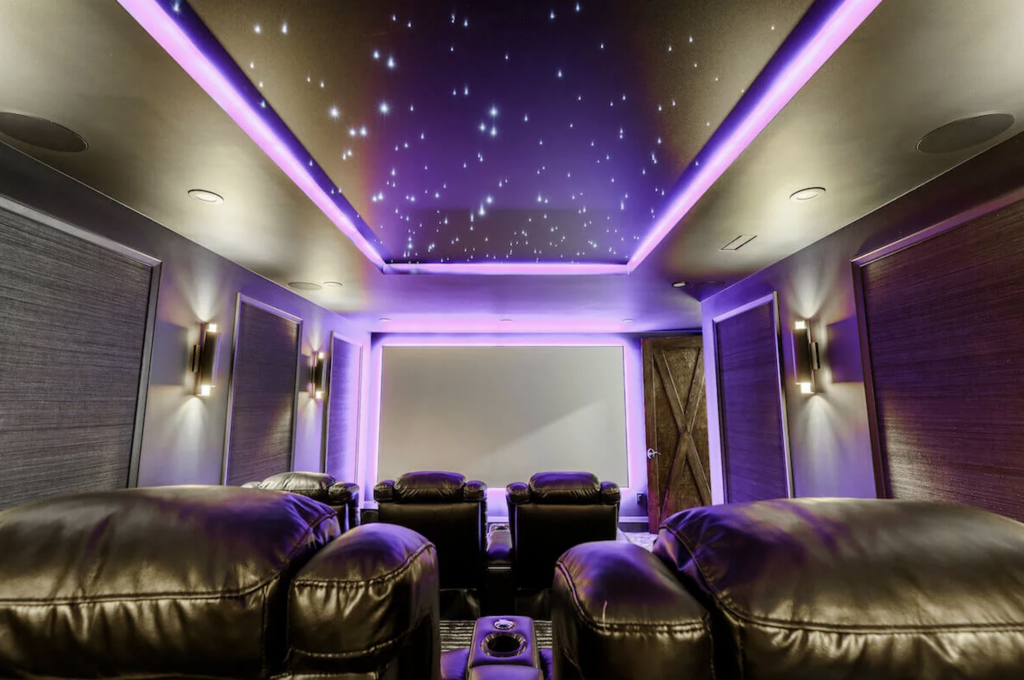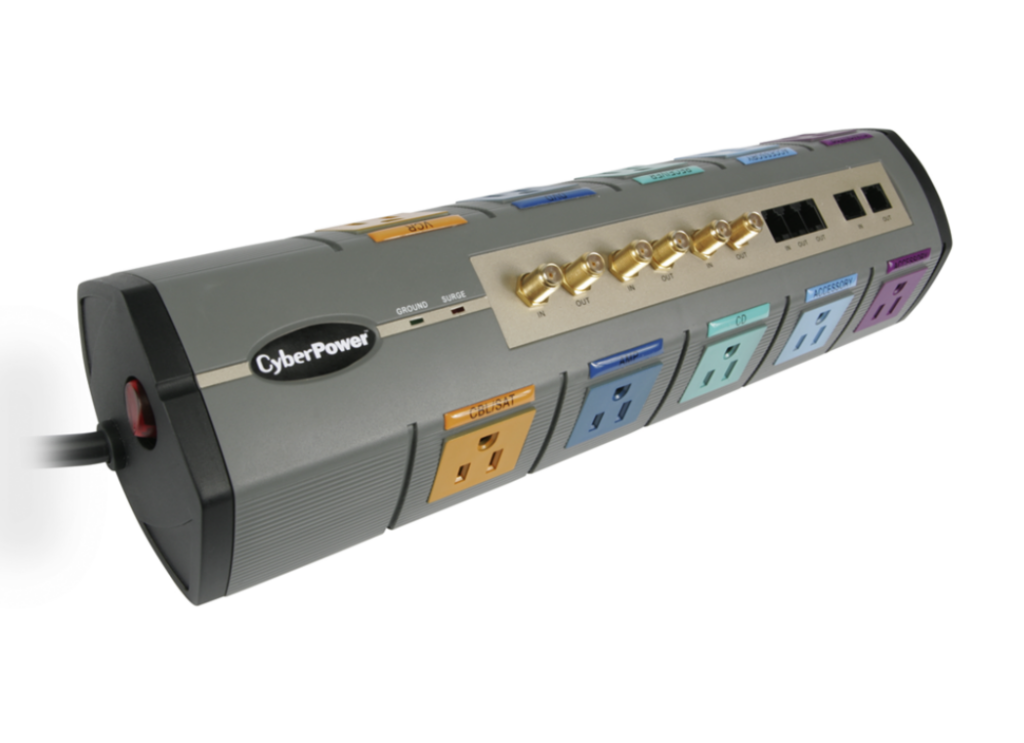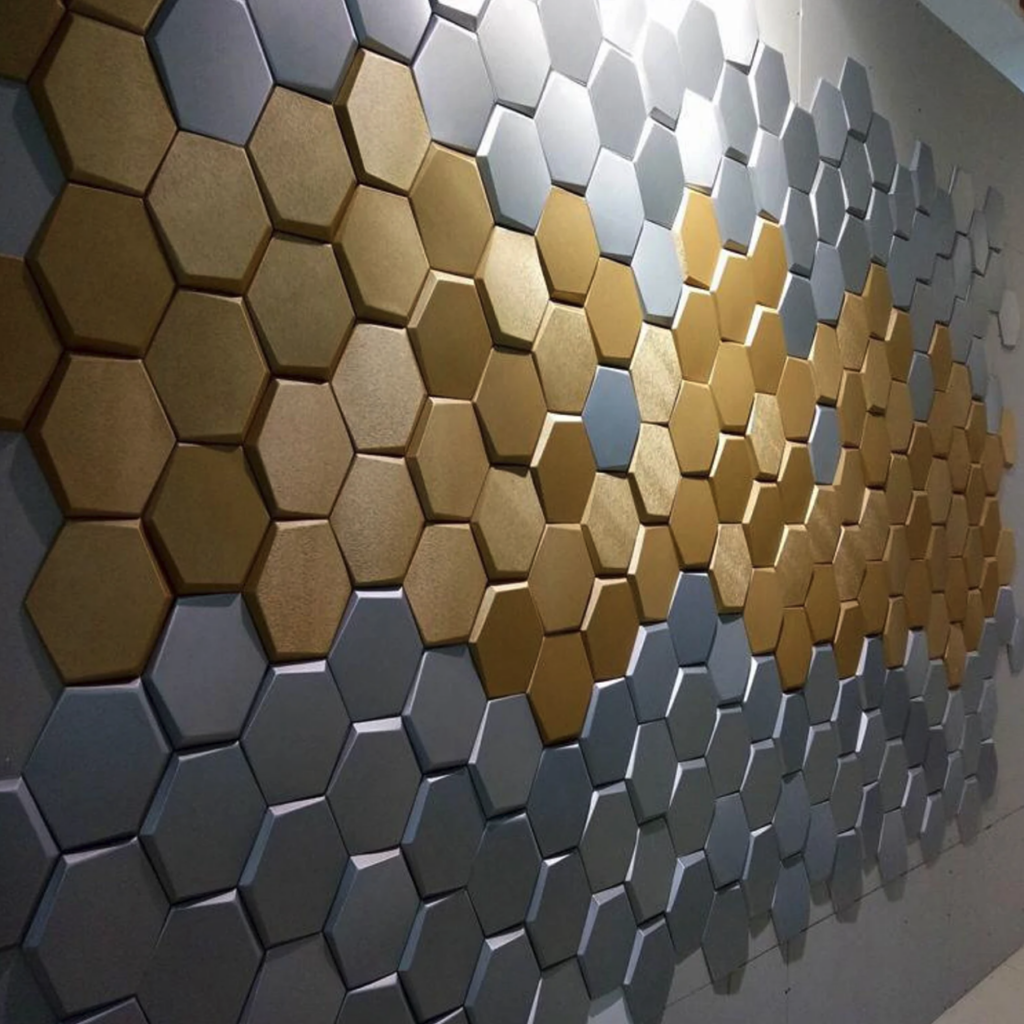
When creating a DIY home theater, everyone knows that you need to consider your screen, your seats, and your audio setup. And sure, big picture, being in the most comfortable home theater seating while watching a movie on the most state-of-the-art projector and screen and hearing every little sound on some seriously great audio equipment are all vital to a great home theater. But to complete that big picture, there are some smaller components that you absolutely cannot forget!
There are a lot of important little things that some people can potentially glance over when making their home theater. Whether it be components that protect your setup or enhance the quality: these lesser known components of a home theater are essential. Let’s discuss some components you just can’t forget when setting up your home theater.
Surge Protectors Help Protect all Your Home Theater Equipment – Even the Seats
All of the components of a home theater can be fairly expensive, so it’s smart to make sure they are protected. Power surges can happen at any time, and you do not want your sensitive home theater equipment to get damaged. To prevent costly damage, invest in GFCI outlets and surge protectors. A surge protector is a device that limits the amount of voltage that is able to reach your electronic devices – kind of like scald protection on your home’s hot water. Thus, if a spike occurs, excess voltage is either grounded or blocked in order to protect your devices.
A good surge protector is a must for any home theater. You need to ensure all your devices are as safe as possible. And that includes your media room furniture! Those LED-lit cup holders and motorized reclining mechanisms aren’t powered by magic – they need a power source, too. And wouldn’t it be awful if the cool features you added to your home theater chairs, like bass shakers and underfoot lighting, got ruined just because you overlooked your power setup? Yeah, it would.

Connection Cables Might be Less Straightforward than you Think
Another massive thing you need to consider are your connection cables. You’ll likely have some form of wired connection between the projector and the speakers, or the TV and the speakers, etc. So first thing’s first – do some measuring, and make sure it’s just as accurate as when you measured for your home theater seating setup. When purchasing cables, you need to be sure you know what kinds of cables you need. Some cables require male and female ends. And some cables aren’t standard, depending on where your equipment was manufactured.
We broke down the basics of deciding what HDMI cable you need in our blog post called “Beginners Guide to HDMI Cables“. The biggest thing you need to do when buying connection cables is to ensure they are high-quality and meet the proper specifications. A low-quality connection cable can completely ruin your movie theater experience. Not to mention that with some electronics, using shoddy cables that give inconsistent communication can actually damage the electronics themselves.
Sound-Proof Padding Maximizes Your Sound Experience
You only need this if you want your sound to have no reverberation at all! We mentioned this briefly in our blog post called “3 Tips to Improve Your Home Theater” – how reverb can potentially ruin the sound quality of your home theater sound system. So when you are building your home theater, you need to consider how reverb can ruin your sound quality. This is a problem in a lot of basement home theaters, because foundation materials like cinder block and cement don’t make for good acoustics. But don’t worry; sound-proofing your home theater setup is easy.

If reverb is a big concern for you, you should consider investing in padding for your walls that will prevent reverb from occurring. If you don’t want to drop money into special sound-proof padding, placing curtains on your walls also would greatly reduce the amount of reverb that occurs. Large, heavy curtains are also a great idea if your home theater doubles as a living space. A home theater sectional sofa, a great audio-visual system and some heavy velvet blackout curtains can make for a stylish living room that easily converts into a home theater.
Home Theater Furniture needs Support
These factors are crucial to making the most out of the media room theater seats you invested in. They’ll enhance your movie experience, make your home theater more convenient to operate, and ensure all your audiovisual equipment and theater seating’s electronic components are protected. Then your DIY home theater will be able to provide a truly professional movie theater experience.
